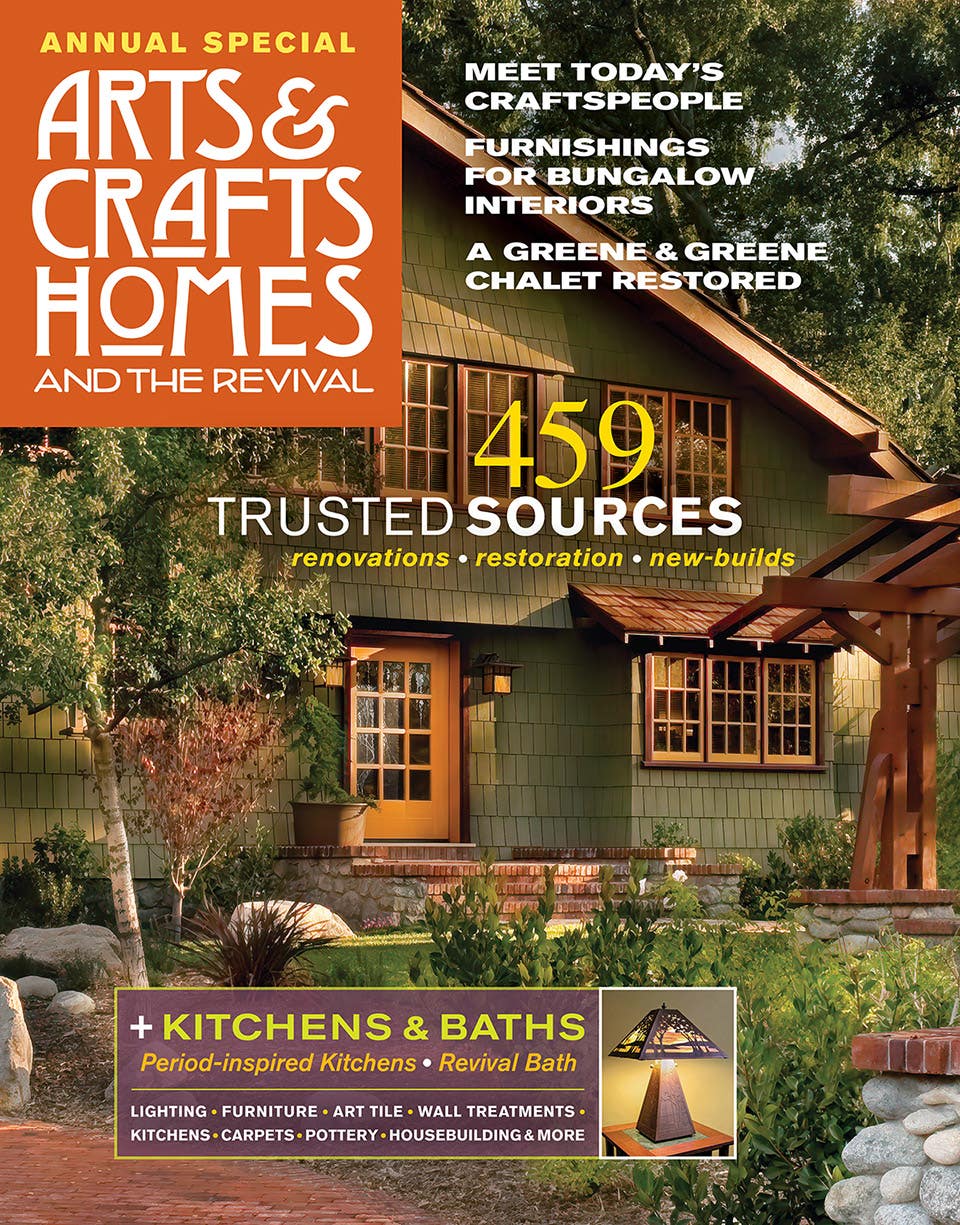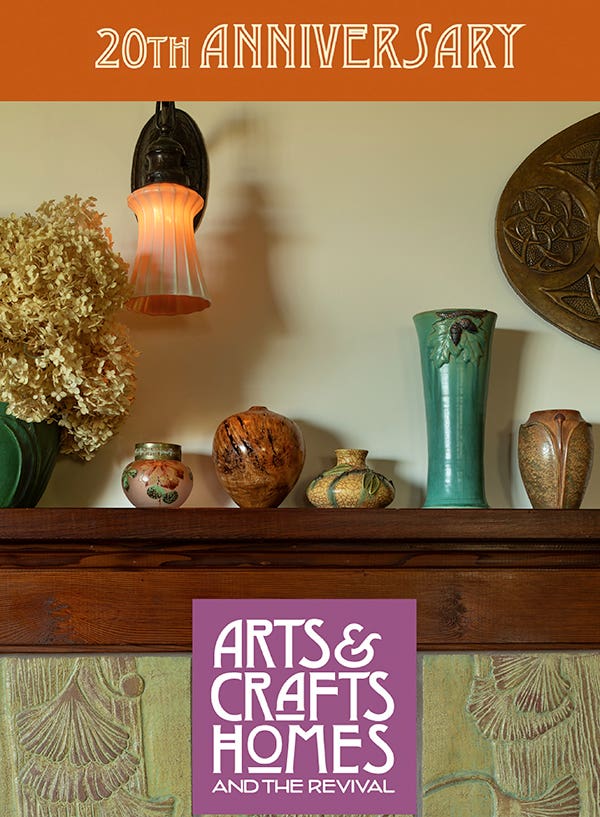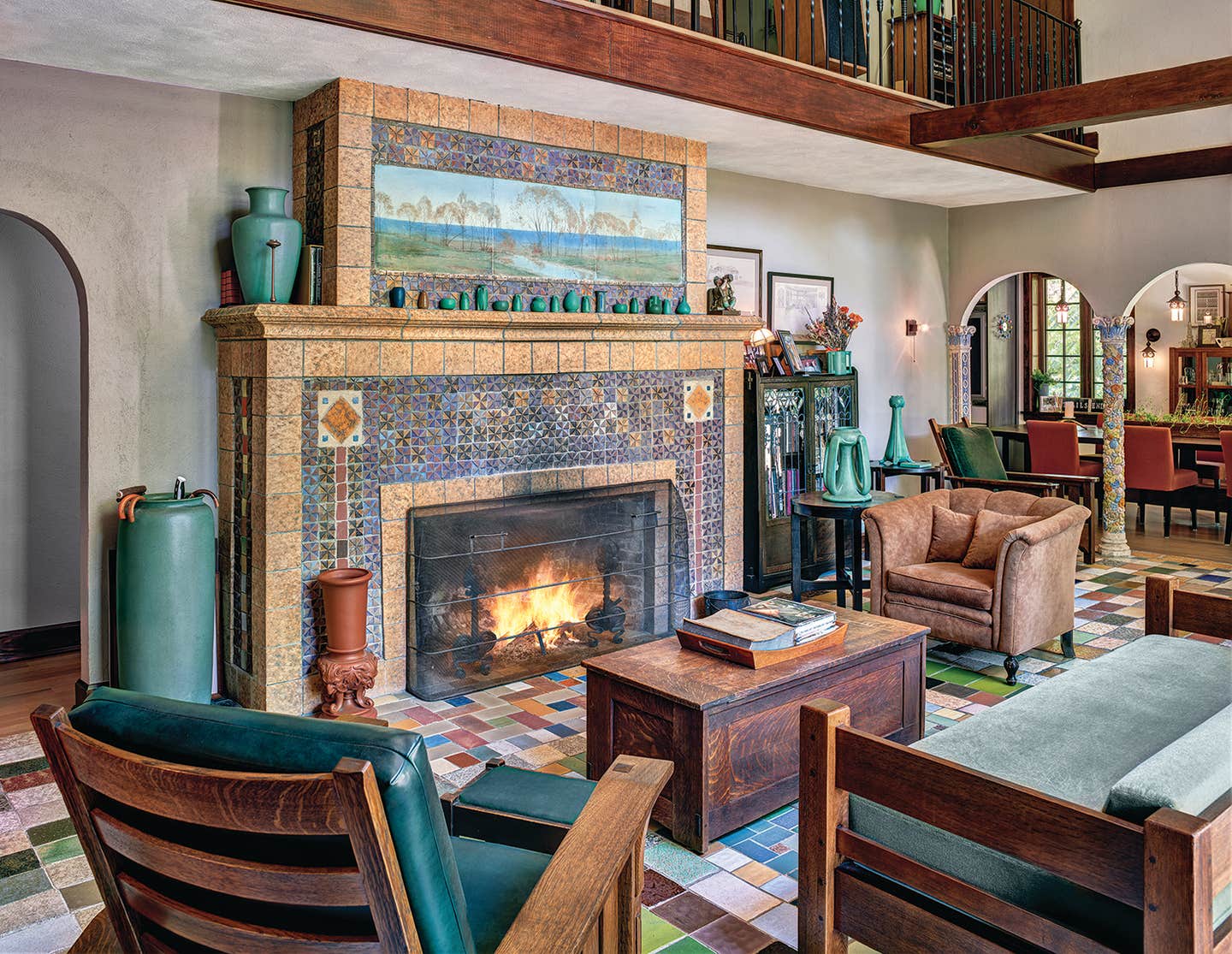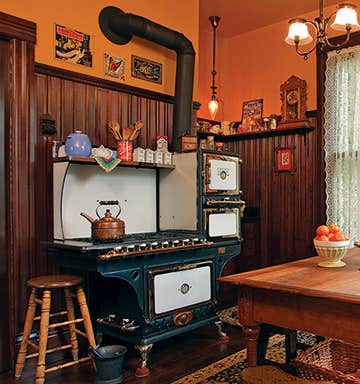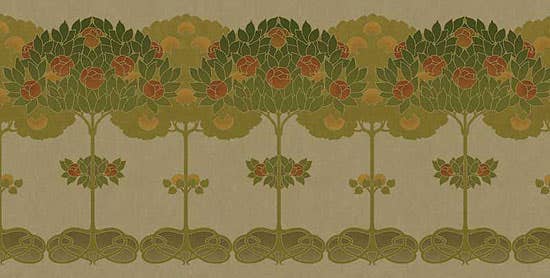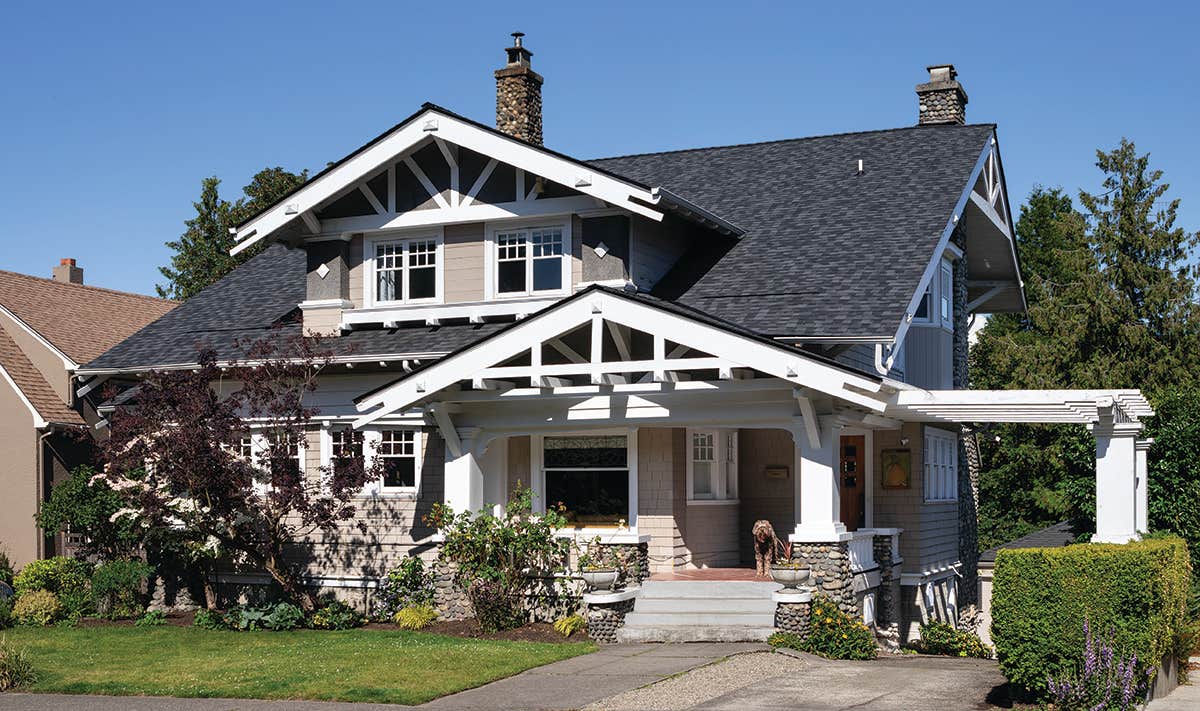Three Contemporary Furniture Makers of the Arts & Crafts Revival
Peart has been creating Greene & Greene-inspired furniture since the late 1980s. Photo by Alan Marts. Darrell Peart A native of eastern Washington, Darrell Peart discovered he had a knack…
Peart has been creating Greene & Greene-inspired furniture since the late 1980s. Photo by Alan Marts.
Darrell Peart
A native of eastern Washington, Darrell Peart discovered he had a knack for woodworking early on, first selling wooden planters at Seattle’s Pike Place Market. From the age of 25 or 26, he’d hold a day job in a woodworking shop, then work on his own projects every night. Peart has been making extraordinary furniture inspired by the designs of “Ultimate Bungalow” architects Charles and Henry Greene for more than 20 years.
Ironically, he initially didn’t appreciate the Greene & Greene style, preferring the work of Russian studio-furniture maker James Krenov (1920–2009), who is still a major influence. Then a colleague loaned him one of the first books written about the Greenes, Randall Makinson’s influential Greene & Greene: Furniture and Related Designs (1979).
Peart spent the ’80s working in a more traditional Arts & Crafts genre, then made his first Greene-inspired piece around 1988. He has since designed and built perhaps a hundred pieces inspired by brothers Greene. His work is considered in the top echelon of American studio furniture. Although his designs make use of Greene elements, Asian forms, and familiear materials such as mahogany and ebony), Darrell’s work is uniquely his own. For instance, “there’s a way I treat stiles and rails that are a Krenov thing,” he says.
Peart, who does almost all the woodworking for his furniture himself, says he finds the design process the most enjoyable part of making furniture. He tries to visualize that each piece has its own DNA and is part of the organic world, with design elements that unfold from that. “These are not questions for the intellect,” he writes in his blog. “We must call on our emotional nature for the answer— we must close our eyes and let our imagination and intuition play out the scenario.”
Considered one of the top furniture designers in the country, Darrell Peart has written for many publications, including Woodwork, Woodworker’s Journal, and Fine Woodworking. His first book, Greene and Greene: Design Elements for the Workshop was published in 2006 by Linden Press. It offers a step-by-step workshop guide to creating signature Greene & Greene design elements, as well as background on the brothers and John and Peter Hall, who built the architects’ furniture. His second book is due in 2013. Darrell regularly leads woodworking workshops throughout the year in locations across the country. Upcoming classes are listed on his website: furnituremaker.com
A member of the board for the Thorsen House, a Greene & Greene masterpiece in Berkeley, Peart was recently asked to design a bed for the house’s permanent collection. He played with the design for months, but nothing seemed to gel. Then, the right idea struck: “In about 10 minutes I had it.
“I get an inferiority complex when I think of Charles Greene,” Peart says. “His first pieces of furniture weren’t anytworse than what mine were, yet in a couple of years, he was designing pieces that are better than anything I’ve ever done. He had a very fertile brain. I’m more likely to fuss over a design for a long time. He just went, ‘boom, boom, boom,’ and they were all winners.”
— Mary Ellen Polson
Darrell Peart Furnituremaker Seattle, WA : (425) 277-4040, furnituremaker.com
• • • •
Debey Zito
Known for her revival furniture, Debey Zito also offers design services to her clients, helping them create personal interiors that are harmonious and sympathetic to the architecture. Zito and partner Terry Schmitt interpret American and European Arts & Crafts traditions, often with Asian inspiration. Commissions have included work for Greene & Greene’s Blacker House, San Francisco’s Swedenborgian Church, the Alameda Free Library, and Disney’s Grand California Hotel.
This dining room was a recent project for a private client. The challenge was to create an artful interior space, floor to ceiling, in the manner of iconic Arts & Crafts houses. When the two men who own the 1935 Storybook-style house saw similar paneling in Zito’s booth at a show, they vowed they’d find a way to use it. In their dining room, the lustrous wood led to gilded leaves and jewel points in the top frieze. Gold on silk and shimmering polychrome naturally followed. “I might have chosen just one motif,” Debey says, “but our clients got excited about poppies, eucalyptus, and dragonflies! Since they share texture and a golden shimmer, it works.”
Design of the room, with a nod toward architects Greene & Greene, is by Debey Zito. Zito and Schmitt created the mahogany woodwork. A high wainscot with tapered battens incorporates a carved panel surmounted by an open frieze; graceful arches frame passages to other rooms. Schmitt carved the poppy-flower frieze, which was molded and cast in plaster by Lorna Kollmeyer. Eucalyptus leaves done in gesso, gold-leafed by Lynne Rutter, mark the corners of the plaster frieze. The ceiling, by wallcoverings designer David Bonk, features gilded dragonflies randomly stenciled on silk. The owners’ collections of pottery and art, along with beautiful new lighting fixtures and lamps, finish the luminous room.
Like Zito and Schmitt, the other people who worked on this project are members of Artistic License, a decades-old guild that began in the San Francisco Bay Area. Lynne Rutter is a well-known muralist, paint decorator, and colorist. (Her murals and ornamentation can be painted on canvas and shipped for installation.) Lorna Kollmeyer does plaster restoration and custom plaster, and also maintains a catalog of plaster ornaments. Custom work—including all-new design, modeling, casting, and installation—is a specialty. David Bonk works internationally, creating handmade wallcoverings for the design trade since 1988. His work hangs in grand spaces from Las Vegas to Zurich to Dubai. Patterns include arabesque designs, metal leaf, and grasscloth.
— Patricia Poore
Debey Zito Fine Furniture & Design
Sebastopol, CA: (707) 861-9126, artisticlicense.org/members/zito
David Bonk Handpainted Wallcoverings
San Francisco, CA: (415) 239-1078, surfacesbydavidbonk.com
Lorna Kollmeyer Ornamental Plaster
Berkeley, CA: (415) 822-6269, lornakollmeyer.com
Lynne Rutter Murals & Decorative Painting
San Francisco, CA: (415) 282-8820, lynnerutter.com
• • • •
Tim Celeski
Most makers of fine custom furniture stick to parlor and bedroom, leaving outdoor furniture to the catalog companies. Tim Celeski had a different idea. Understanding the importance of outdoor spaces to the Arts & Crafts home, he makes Adirondack chairs, garden benches, and dining sets using premium outdoor hardwoods, dovetail and mortise-and-tenon joinery, and handcrafted details. Pieces are so beautiful, some clients order one with an indoor finish for the front hall.
Celeski’s Elliott Bay Collection is extensive, with six different lines. “I've covered almost everything A&C,” he laughs. “But in the next few years I’ll add two designs—based on Shaker and Mackintosh. I can’t help myself; I’ve gone this far.” Lines are named after Puget Sound neighborhoods: Bainbridge (Northeastern, Adirondack-inspired), Alki (Thirties Moderne curves), Wallingford (after Stickley, with bungalow details), Medina (Asian-influenced Greene & Greene cloudlifts and square plugs), Blacker (subtle elegance, created for the Greenes’ Blacker House), and Leschi (modern details with the “slots” Limbert furniture is known for). Although they interpret Arts & Crafts designs, Celeski’s furnishings are unique and have a modern edge: Clients range from owners of museum-quality houses in Pasadena, to those with mid-century and new homes.
“I’ve started working on an entirely new furniture line, a departure,” Tim announces. “This collection [it launches this year] is based on Mid-century Modern themes, particularly Danish Modern.” He’s also thinking about a sophisticated contemporary line, and another made of recycled materials. “With my background in architecture and graphic design,” he says, “I’m a serious Modernist at heart, so that’s my focus for the future.”
— Patricia Poore
Celeski Studios
Indianola, WA: (360) 297-6699, celeski.com
Arts & Crafts Homes and the Revival covers both the original movement and the ongoing revival, providing insight for restoration, kitchen renovation, updates, and new construction. Find sources for kitchen and bath, carpet, fine furniture and pottery, millwork, roofing, doors and windows, flooring, hardware and lighting. The Annual Resource Guide, with enhanced editorial chapters and beautiful photography, helps Arts & Crafts aficionados find the artisans and products to help them build, renovate, and decorate their bungalow, Craftsman, Prairie, Tudor Revival, or Arts & Crafts Revival home.

